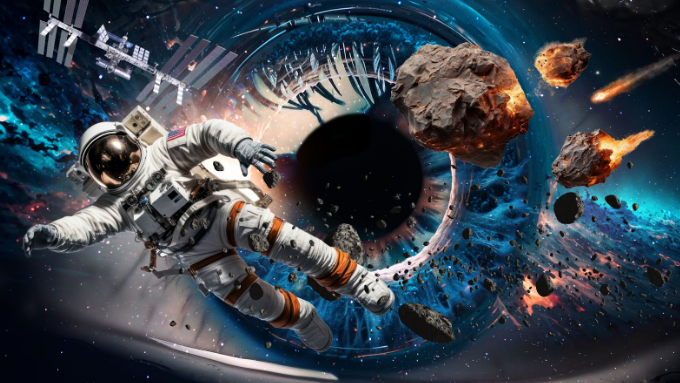The Perceived Danger
Much of the fear associated with black holes stems from popular science fiction and exaggerated portrayals. They are often depicted as cosmic vacuum cleaners, devouring everything in their path. But in reality, the danger black holes pose is quite different.
Stellar-mass black holes are exceedingly rare in our galaxy, and the chances of encountering one are practically nil. Furthermore, they don’t actively seek out and consume planets or stars – they are passive celestial objects governed by gravity. If our Sun were to miraculously turn into a black hole, Earth’s orbit would remain unchanged, and we would continue on our cosmic journey, orbiting the dark object where the Sun used to be.
Supermassive black holes, despite their immense size, do not pose a direct threat to our solar system. Our solar system is located at a safe distance from the supermassive black hole at the center of the Milky Way, known as Sagittarius A*. The orbits of planets and stars are stable, and we are not on a collision course with this cosmic behemoth.
The Real Cosmic Significance
Rather than being agents of destruction, black holes play a crucial role in the universe. They contribute to the overall structure and evolution of galaxies. Supermassive black holes help regulate the growth of galaxies by influencing the distribution of stars and interstellar gas. They are also integral to the formation of quasars, some of the brightest objects in the universe.
Conclusion
In the grand scheme of the cosmos, black holes are not the terrifying monsters they are often portrayed to be. They are fascinating and mysterious objects that deserve our study and respect. While they may pose dangers in specific circumstances, such as if one were to venture too close to a stellar-mass black hole, their overall impact on the universe is more balanced than we might think. Rather than fearing black holes, we should embrace the opportunity to expand our understanding of these cosmic enigmas and the universe in which they exist.








